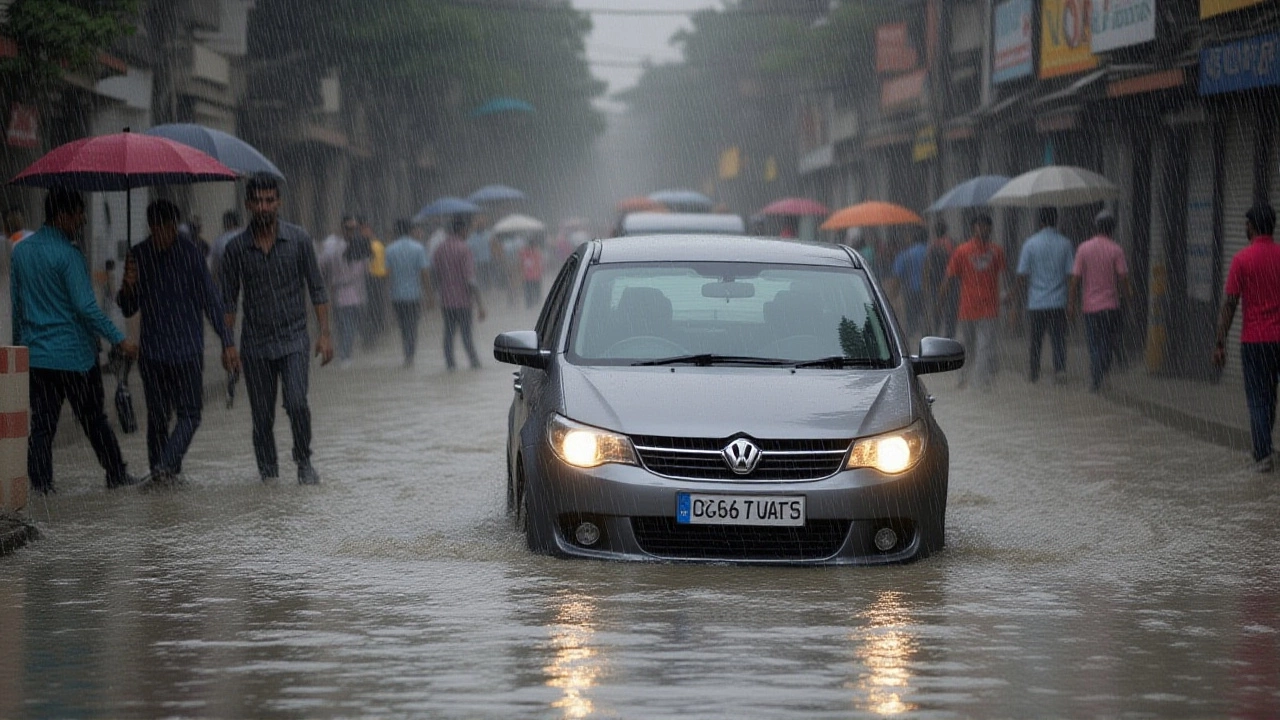IMD Red Alert – Your Quick Guide to Staying Safe
When the Indian Meteorological Department (IMD) raises a red alert, it’s a clear sign that severe weather is on the way. Think heavy rain, strong winds, or a cyclone that could disrupt travel, damage property, and threaten lives. Knowing what the alert means and how to react can make a big difference for you and your family.
When Does IMD Issue a Red Alert?
IMD issues a red alert when weather conditions cross a critical threshold. This could be a cyclone reaching a certain wind speed, rains that exceed 100 mm in 24 hours, or a storm surge that threatens coastal areas. The department monitors satellite data, ground stations, and local reports to decide when the risk is high enough to warrant the highest warning level.
Red alerts are not announced lightly. They usually come with a short window—often 24 to 48 hours—before the worst conditions hit. This gives authorities and residents time to prepare, evacuate if needed, and secure property. Pay attention to the official IMD bulletins, local news, and community alerts for the exact timing and area coverage.
Practical Tips to Stay Safe
1. Secure Your Home – Move outdoor furniture, plants, and loose items inside or tie them down. Check that windows and doors are fully closed and reinforce them if you live in a high‑wind zone.
2. Gather Essentials – Pack a small emergency kit with water, non‑perishable food, a flashlight, batteries, basic medicines, and important documents. Keep it ready for a quick grab if you need to leave suddenly.
3. Stay Informed – Follow IMD updates on their website or through trusted apps. Local authorities may issue evacuation orders, road closures, or shelter locations. Ignoring these messages can put you at risk.
4. Plan an Evacuation Route – Know the nearest safe zone or government shelter. Share the route with family members and practice it if possible. Avoid low‑lying areas that could flood quickly.
5. Protect Electronics – Unplug sensitive devices and store them in waterproof containers. Power surges are common during storms, and a simple unplug can save expensive equipment.
6. Help Neighbors – If you can, check on elderly or disabled neighbors. Offer assistance with moving belongings or securing their homes. Community support often reduces overall damage.
Red alerts also affect daily routines. Schools may close, flights can be delayed, and public transport might be suspended. Keep a flexible schedule and arrange alternative plans for work or school commitments.
After the alert passes, inspect your property for damage before entering. Take photos of any loss for insurance claims and report major issues to local authorities. Clean up safely—avoid standing water that may hide electrical hazards.
Finally, remember that red alerts are a warning, not a panic trigger. By staying calm, preparing early, and following official guidance, you can protect yourself and keep the impact of extreme weather as low as possible.

Maharashtra Heavy Rain Alert: Red Warnings for Mumbai, Thane, Raigad and Palghar
The India Meteorological Department has placed red alerts over Mumbai, Thane, Raigad and Palghar as unprecedented rainfall pounds Maharashtra. Mumbai alone logged 445 mm this September, far above the normal 380 mm. State officials have activated 24‑hour control rooms, deployed pumps and issued strict safety guidelines. Residents are urged to avoid flood‑prone zones, stay away from trees during thunderstorms and heed official updates. The warning will stay in force until Monday morning, with a gradual easing expected in October.
More Detail